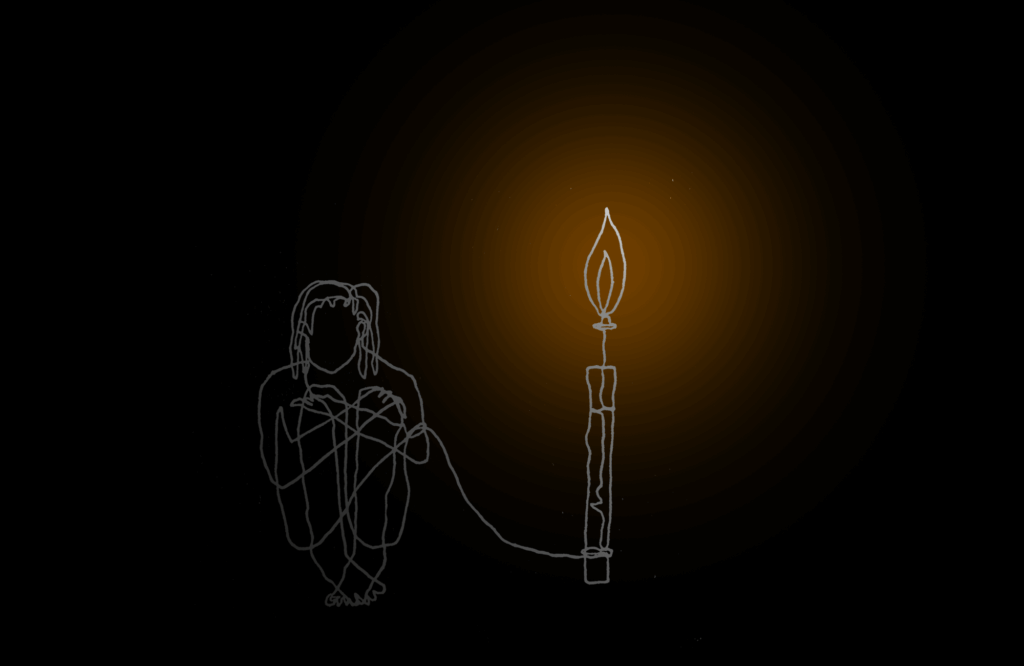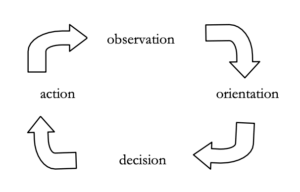- What is Circling?
- Buddhist Circling
- Circling and the Art of Reading People
Over the last couple of years, I have become very interested in the skill of reading other people. Reading people is useful in every area of life that involves other people, which is almost every area of life. As I improve at reading people, I am better as a friend, teacher, and overall human being. This makes me want to improve at reading other people.
Some people are uncannily good at reading what happens. They can say “Are you feeling X?” where X is an extremely precise guess, like “Are you feeling frustrated that you haven’t accomplished enough today, and underneath that unsure about your own competency at your work?” The precision is unnerving – and often, the guesses these sorts of people have are accurate. They may even know more about your experience than you do.
On the other hand, when those guesses are off—especially the extremely precise ones—it can lead to feeling missed and disconnected.

I view the art of reading people through the lens of the OODA loop:
- Observe: We notice inarguable facts, like that we feel angry or sad; that someone is speaking, or not; that someone left the room, or crossed their arms.
- Orientation: Humans cannot help but interpret these facts through narratives and lenses. Our stories about the past as well as other people’s experience by necessity inform how we perceive and behave in the present moment. We ignore or repress orientation at our folly.
- Decision: Decide whether to share your interpretations or not. Would it be helpful to you and others? How would you express them skillfully – ethically, owning your experience, being open to new information and interpretations?
- Act: Express what you notice, and how you interpret it. Open space for others to respond, and to receiving new information or interpretations.

Simplified OODA Loop – Osinga’s Science, Strategy, and War
This cycle loops repeatedly, by necessity improving what we notice, our interpretations about those observations, and the way we act and express ourselves. Circling is a way to consciously improve our ability to read others.
Reading people is a skill, and it can be improved through practice. Circling has been a useful means for me to practice reading people. Here are two ways that I’ve used circling to practice the skill of reading people.
Taking Notes
Sometimes I take notes during circling. I take notes on:
- my own first person experience
- objective occurrences (Sarah left the room)
- my interpretation of what was really happening (Sarah was feeling frustrated and excluded)
- questions I had (What did Sarah feel in her body?)
- meta-analyses and insights
Mostly, taking notes is fun and interesting. I think it helps me get more out of each circle and grow my circling skills. I pay closer attention, can notice patterns, and follow my curiosity even if the rest of the group isn’t curious in what I am curious about.
I am surprised it’s not more common to take notes. I haven’t seen anyone else do it that I recall, and have only a few reports of people other than myself doing it.
Of course, taking notes seems to work against Circling’s principle of staying in the present moment. When I take notes, it definitely can take me away from the present moment, but I experience it as giving me an unexpected but real avenue to connect more deeply with the circle.
I often disconnect from circles, putting up a wall when I feel hurt or alone. Taking notes gives me a chance to get clarity about what’s happening for me and to work with it before returning to the circle. Taking notes is a way to honor my own experience and then try to reconnect to what’s happening in the circle.
When I take notes, I’ve found that it’s helpful to tell the others in the circle that I’m interested in doing so before the circle starts. That helps them to understand ahead of time what you’re doing, and why. It’s also helpful to ask for consent when you do so. Without that shared frame, and without explicit consent, it’s easy for the circle to devolve into a heated meta-discussion about whether it’s okay to take notes on circles or not.
Exchanging Guesses
Here’s an exercise that you can use within or outside of a circling context to improve your ability to read people:
- Find a partner.
- Go to a place where you can be around a large number of people, and watch them without being conspicuous. These might be people you know, and they might be people you don’t know.
- Alternate picking someone to watch. Exchange guesses about what these people are experiencing.
You can’t know for sure what these people are experiencing – especially not without getting their input – but if your guesses agree, it’s more likely that you’re right. Even then, you’ll find that you and your partner might be picking up on slightly different aspects of the person’s experience. Attuning to the nuances that each of you pick up on will help both of you to calibrate and improve your reading abilities.
Conclusion
Reading people requires a combination of confidence and humility: confidence that it is possible to understand someone else’s experience and world, and the humility to admit that our reads might not be complete or accurate.
But by making frequent reads, and expressing them to others, we can improve our ability to read others. We can improve our understanding of a particular person at a particular point in time, and our models about people in general.
The art in this post was created by Sílvia Bastos, and is licensed under a CC BY-NC-SA 4.0 license. You can support her work on Patreon.
Subscribe to my newsletter, my YouTube channel, or follow me on Twitter to get updates on my new blog posts and current projects. You can also support my work and writing on Patreon.
